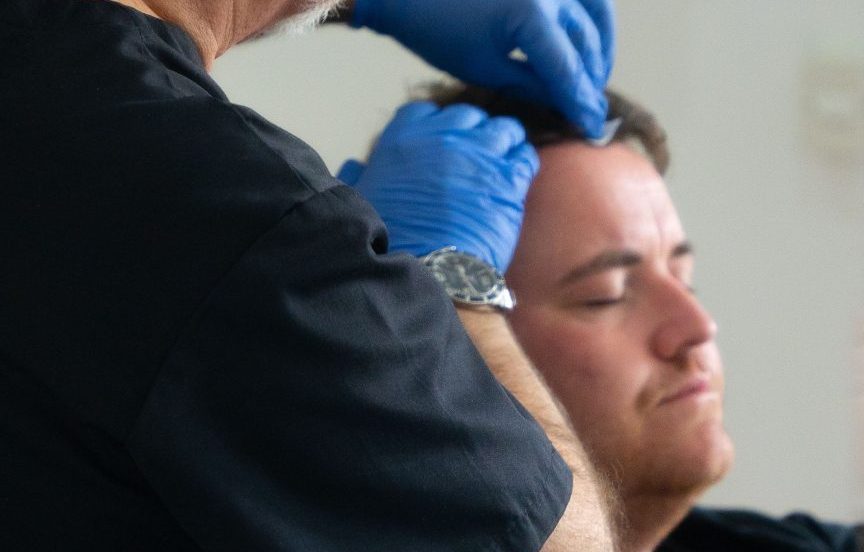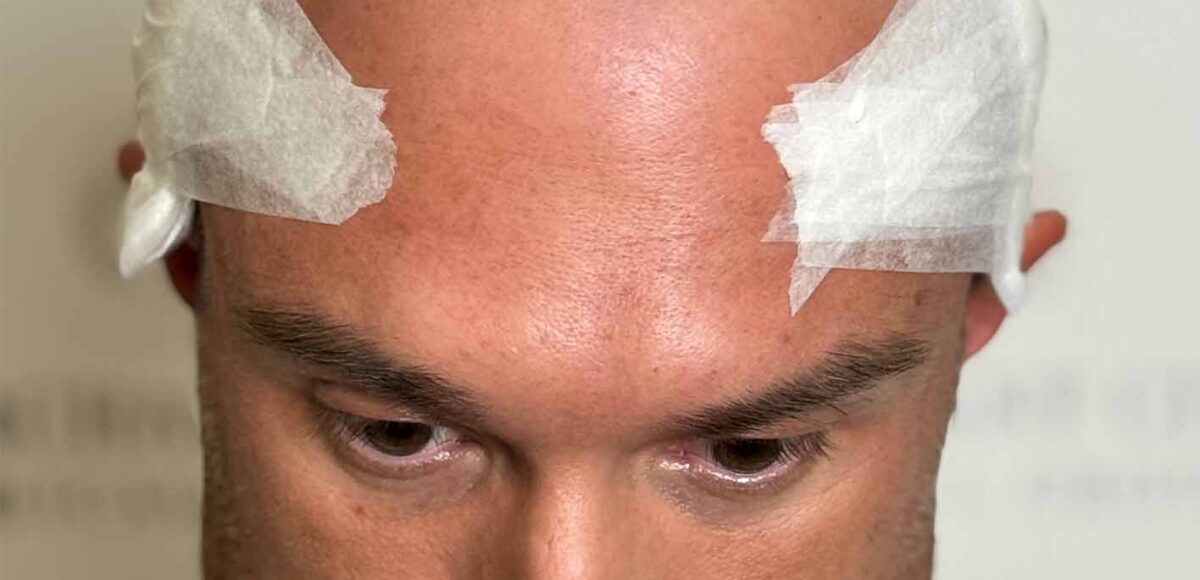
How to Sleep After a Hair Transplant: A Day-by-Day Guide
How to Sleep After a Hair Transplant
A Day-by-Day Guide
Learn how to sleep safely after a hair transplant with a day‑by‑day guide—covering positions, pillows, head elevation, itch management, and when you can return to normal sleep.
Sleep Smart for Stronger Follicles
After a hair transplant, how you sleep can significantly affect your results. Proper positioning helps protect sensitive grafts and reduce swelling.
Recovery Requires Real Rest
Quality sleep boosts healing by releasing growth hormones that aid tissue repair and follicle growth. Prioritize restful sleep for faster recovery.
Avoid Sleep Apnea Risks
Surgeons emphasize sleep posture to prevent complications like sleep apnea, which can disrupt recovery and put pressure on healing grafts.
Sleep for Success: The Critical Role of Rest After Hair Transplant Surgery
Pre-Surgery Preparation: Setting Up for Rest
Preparation is key to a smooth recovery. Before you undergo your hair transplant, you’ll want to ensure your sleeping environment is optimised for comfort and healing.
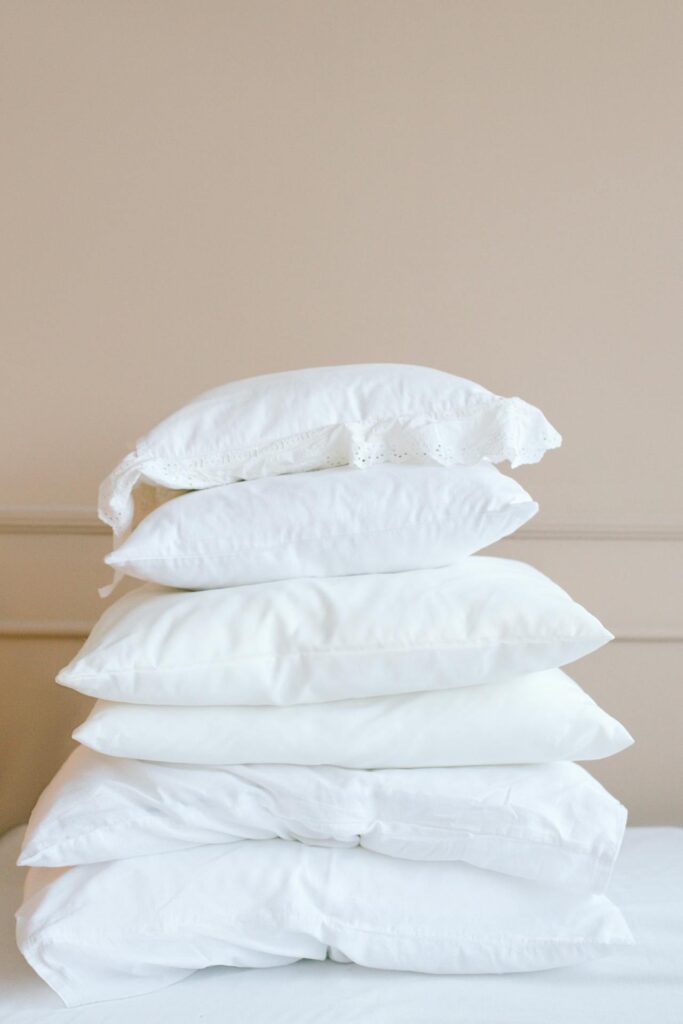
Preparing the Sleep Environment
Preparing your sleeping environment before surgery can make all the difference. Choose a quiet, cool room with soft lighting. Use freshly laundered pillowcases and keep extra pillows handy for support. A recliner or adjustable bed can be a significant help in keeping your head comfortably elevated.
Recommended Sleepwear and Pillow Positioning
Opt for soft, breathable sleepwear—preferably button-down tops to avoid pulling clothes over your head. Arrange your pillows so your upper body is raised at a 45-degree angle. A neck pillow can prevent your head from rolling side to side, providing additional protection during the night.
Day 0 (Surgery Day Evening): First Night Guide
The first night after your procedure is crucial. Your scalp is at its most vulnerable, and how you sleep will directly affect the survival of your grafts.
Immediate Dos and Don’ts
Expect some scalp tenderness and swelling. Wear the protective band or cap as instructed. Do not scratch or touch the graft site. For better healing and rest, avoid caffeine, smoking, and alcohol.
Keeping Your Head Elevated
For the first night, and ideally for several nights after, sleep with your head elevated at roughly 45 degrees. This helps reduce swelling and keeps pressure off the grafts. You can prop yourself up with pillows or sleep in a recliner if available.
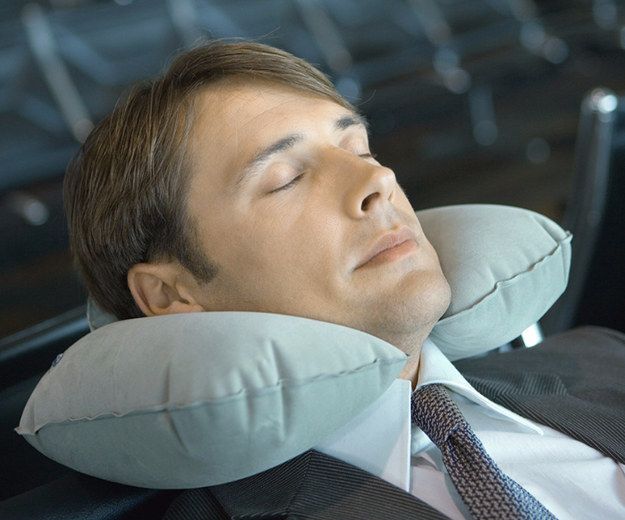
Managing Discomfort Without Touching Grafts
Mild discomfort is normal. If you’re prescribed pain medication, take it as directed. Avoid tossing and turning. Keep your hands away from your head—even if it feels itchy or tender.
Day 1–2: Establishing the Routine
Now that the initial night is behind you, it’s time to build a consistent sleep routine that protects your new hair and helps your body heal.
- Continuing an Elevated Position
Keep sleeping upright or at a slight incline for at least the first 2–3 nights. It helps with circulation and limits the risk of graft disruption. Sleeping flat or on your side too soon may undo the work that has been done.
- Tips for Staying Comfortable Overnight
Create a wind-down routine to help you fall asleep easily. Listen to calming music or nature sounds, and avoid screens for at least 30 minutes before bed. Stay hydrated throughout the day, but limit fluids before bedtime to the need to get up frequently.
- When to Start a Normal Bedding Routine
Don’t rush back to your regular sleeping setup just yet. Even if you’re feeling fine, it’s best to continue with your elevated sleeping position for at least 4–5 days. After that, you can slowly transition.
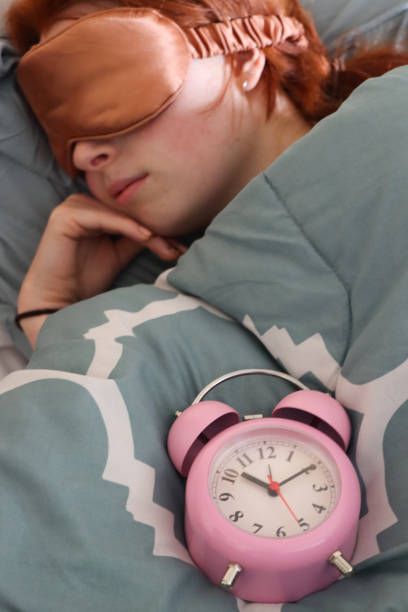
Days 3–7: Transitioning to Regular Sleep
As your scalp begins to heal and swelling decreases, you can start adjusting your sleeping position. But it’s important to do this gradually and carefully.
- Monitoring Graft Stability
By now, your grafts are starting to anchor into your scalp, but they’re still not fully secure. Continue monitoring for signs of bleeding, unusual swelling, or discomfort. If anything feels off, reach out to your clinic. - Side-Sleeping vs Back-Sleeping: What’s Safe
If you’re someone who naturally sleeps on your side, this can be challenging. It’s best to stick to back-sleeping for at least a full week. Once the grafts are more secure, some clinics may clear you for gentle side-sleeping—check with your surgeon first. - Recommended Pillows and Accessories
U-shaped travel pillows or memory foam wedge pillows can be a lifesaver. Consider using a silk or satin pillowcase to reduce friction if you accidentally roll onto your side during the night.
Weeks 2–4: Adjusting Sleep as Healing Progresses
At this stage, most of the initial healing is complete. However, your grafts are still delicate beneath the surface. It’s time to gradually return to a more normal sleep pattern without losing the progress you’ve made.
- Signs You’re Ready to Sleep Flat
As scabs begin to fall off naturally and the redness reduces, you’ll likely be able to sleep flat again. If your scalp feels tight, itchy, or sore, give it time to recover. Don’t rush into your old routine if it risks your results. - Dealing with Itchiness and Sensitivity
Itching is common as the skin heals. Resist the urge to scratch—light tapping around the area may help alleviate the discomfort. Use any post-op moisturisers or sprays your surgeon provided. - When It’s Safe to Remove Protective Headgear
Most protective headgear can be removed after the first week, but follow your clinic’s guidelines. Some patients are advised to sleep with a cap for up to 10–14 days, depending on the location and density of the graft.
Months 2–3: Returning to Normal Sleep Habits
At this stage, most of the initial healing is complete. However, your grafts are still delicate beneath the surface. It’s time to gradually return to a more normal sleep pattern without losing the progress you’ve made.
- Signs You’re Ready to Sleep Flat
As scabs begin to fall off naturally and the redness reduces, you’ll likely be able to sleep flat again. If your scalp feels tight, itchy, or sore, give it time to recover. Don’t rush into your old routine if it risks your results. - Dealing with Itchiness and Sensitivity
Itching is common as the skin heals. Resist the urge to scratch—light tapping around the area may help alleviate the discomfort. Use any post-op moisturisers or sprays your surgeon provided. - When It’s Safe to Remove Protective Headgear
Most protective headgear can be removed after the first week, but follow your clinic’s guidelines. Some patients are advised to sleep with a cap for up to 10–14 days, depending on the location and density of the graft.
Common Sleep Problems and Solutions
Sleeping upright or with restrictions can be difficult. If you’re struggling to get quality rest, you’re not alone. Here’s how to overcome the most common challenges.
Trouble Sleeping Upright
It’s not always easy to sleep in a semi-upright position. If you’re struggling, try a reclining chair or stack your pillows in a V-shape. Eye masks, blackout curtains, and white noise machines can also help create a sleep-friendly environment.
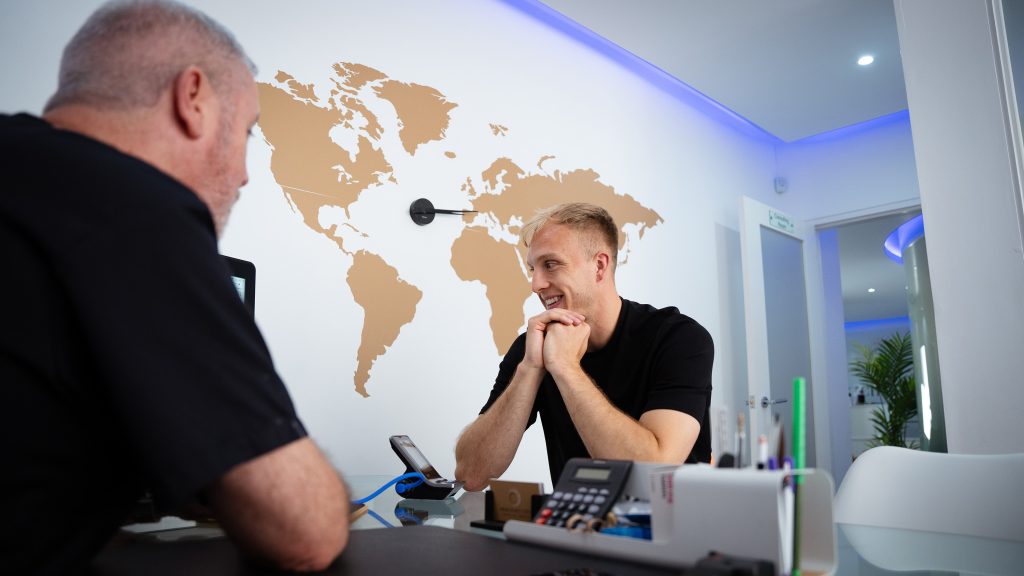
Anxiety or Discomfort
It’s completely normal to feel anxious about harming your grafts. Deep breathing techniques, progressive muscle relaxation, and herbal teas like chamomile can all help ease your mind and promote relaxation before bed.
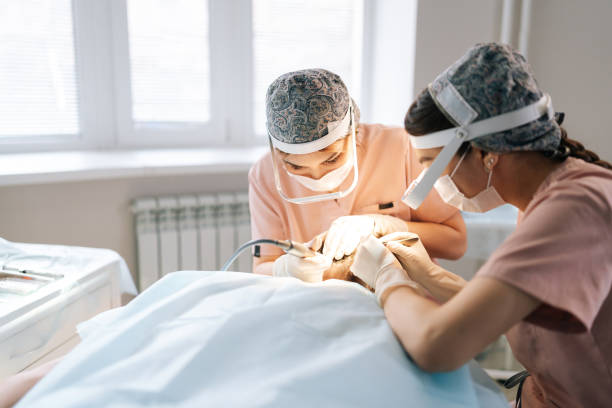
What to Do if You Accidentally Roll Over
If you wake up having rolled onto your side or stomach, don’t panic. Check for signs of bleeding or lost grafts. If you’re unsure, take a photo and contact your clinic for confirmation. One accidental movement usually won’t ruin your results, but it’s important to remain cautious.
FAQ Section
Many patients have similar concerns during their recovery. Here are some quick answers to the most frequently asked questions about sleeping after a hair transplant.
1. Can I use a CPAP at night?
Yes, but please consult with your surgeon first. The straps may interfere with grafts near the temples or sides of your scalp.
2. Is travelling on Day 3–7 okay?
Short car rides are usually fine. Avoid long-haul flights unless cleared by your doctor, as sleeping upright for extended periods can be challenging.
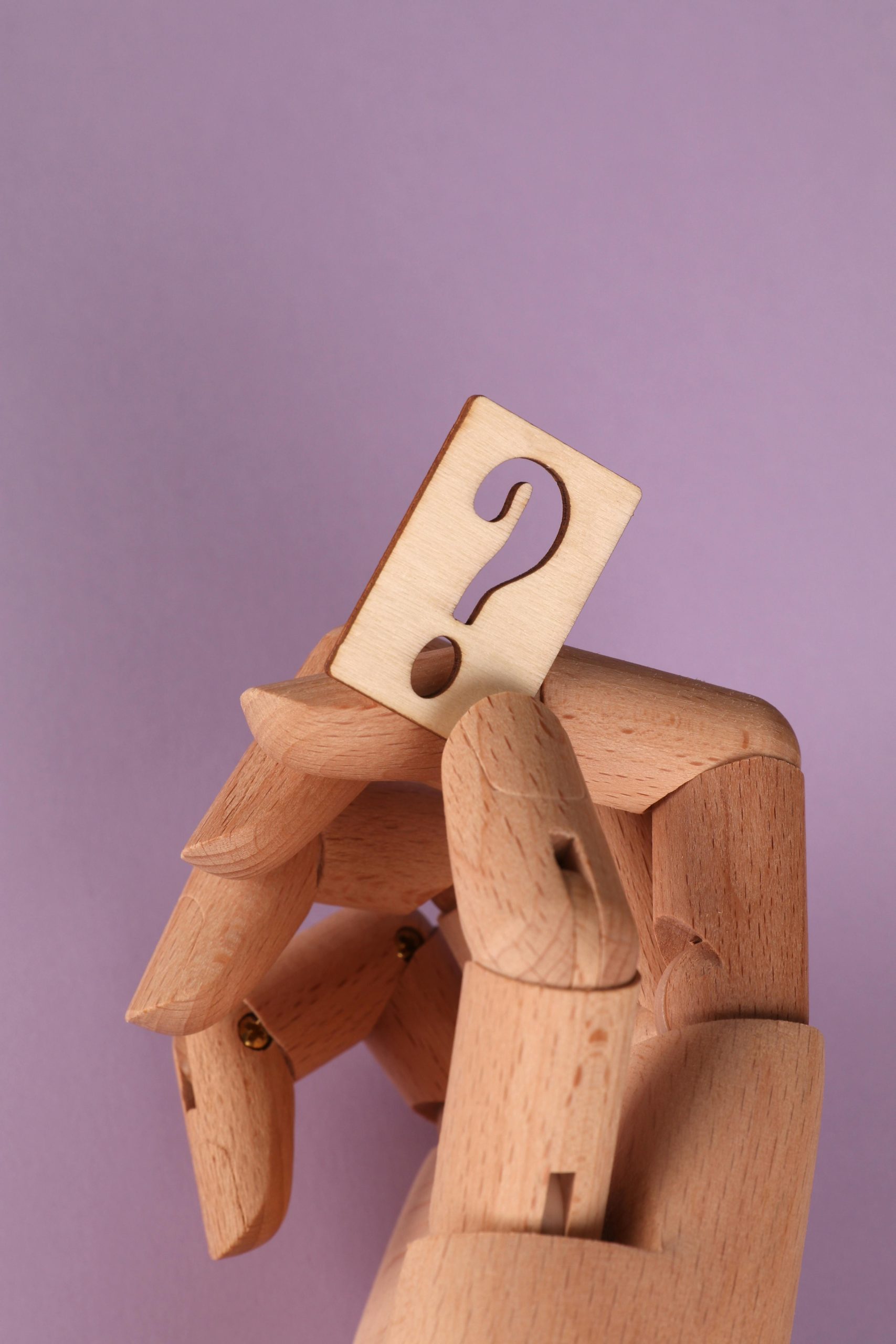
3. How to handle overnight flights?
Bring a neck pillow, avoid alcohol, and carry sterile saline spray to keep the scalp moist. Try to sleep as upright as possible and avoid contact with any surfaces.
When to Contact Your Surgeon
Even with the best care, unexpected issues can arise. Knowing when to contact your surgeon can make a significant difference in your recovery.
Warning Signs During Sleep
If you experience excessive bleeding, swelling that worsens instead of improving, or shooting pain that interrupts your sleep, contact your surgeon immediately. Don’t wait and hope it resolves on its own.
What Your Surgeon Might Advise
You may be advised to extend elevated sleeping, use cooling packs, or return to the clinic for a follow-up check. Always follow the specific instructions provided by your clinic.
Merchant City Medical Group
Care That Goes Beyond the Surgery
Choosing the right clinic for hair surgery is about more than just the procedure. The right aftercare—especially in something as sensitive as sleep—can make all the difference. Here’s how Merchant City Medical Group supports you beyond the treatment room.
- Why Choose Merchant City Medical Group for Your Hair Transplant
At Merchant City Medical Group, your care doesn’t stop after surgery. We pride ourselves on offering comprehensive support that ensures your recovery is as smooth as your transformation. - How They Support Patients Through Post-Op Sleep
We understand that restful sleep is crucial to graft survival. That’s why we provide each patient with a post-op sleeping guide, customised recovery advice, and even specially designed pillow supports to help you maintain the ideal sleeping position. - Contact Information and Patient Testimonials
Our dedicated team is available to answer your questions, 24/7. But don’t just take our word for it—our 5-star reviews speak volumes about our commitment to patient success. Book your complimentary consultation today and discover hair restoration with genuine aftercare.
Conclusion
Sleeping correctly after a hair transplant might seem like a small thing, but it plays a big role in how well your new hair grows. By following this day-by-day guide, you’re giving your grafts the best possible chance to survive and thrive. Stick to the tips, be patient with yourself, and reach out to professionals like Merchant City Medical Group if you have any concerns. Your new hair—and your confidence—are well worth the extra care.
Excellence Record
- 30+ Years of combined experience
- 10 + Experts
- 1000 + Satisfied Patients





